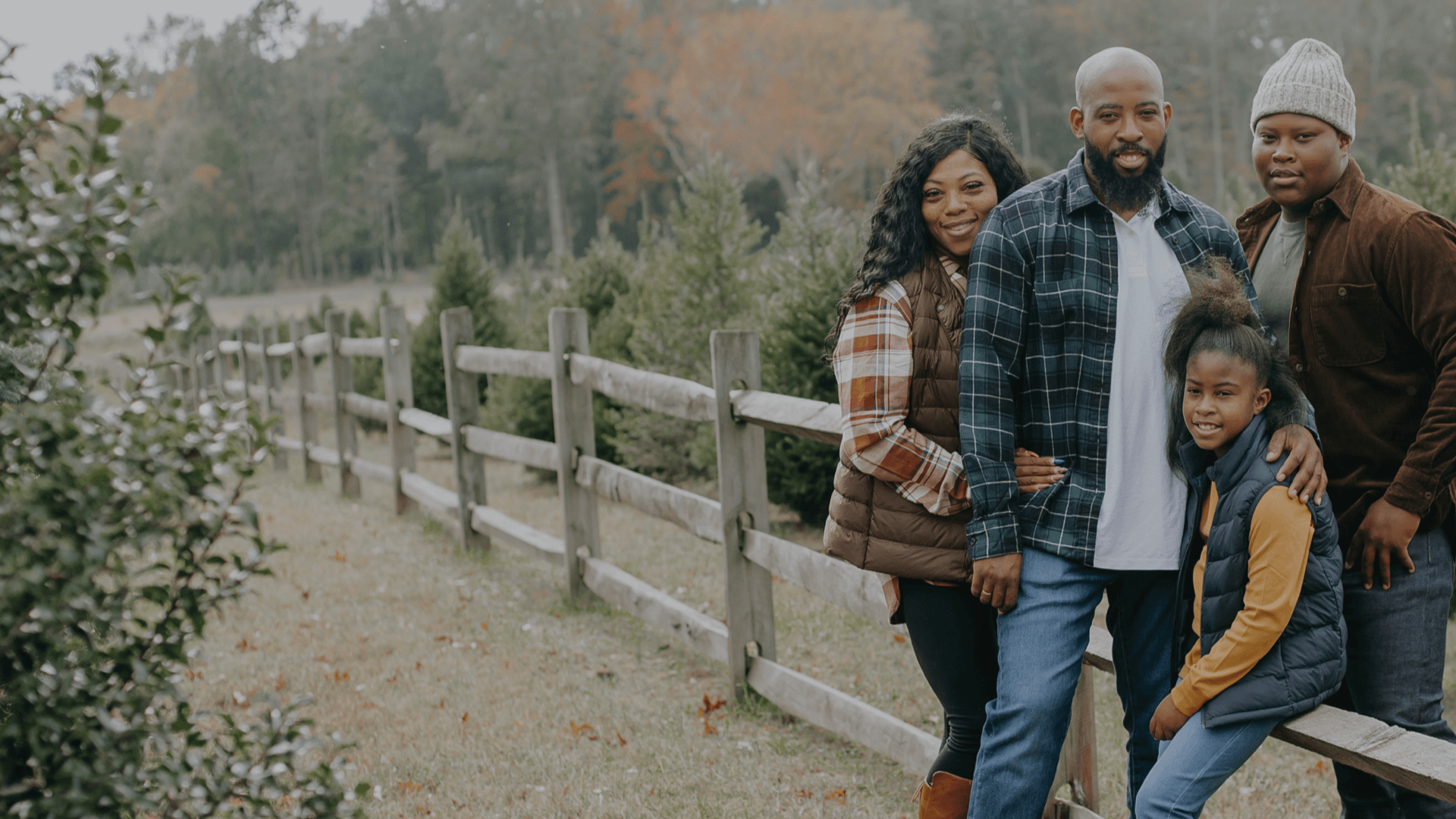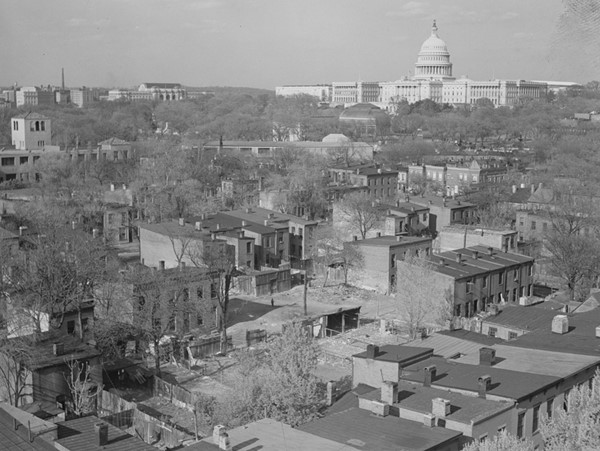The term Urban Renewal refers to a municipal planning process, with racist origins, of clearing inner city areas that are classified as "blighted" or as slums. After the passage of the Housing Act of 1949, this practice became much more widespread across the nation. From 1949 to 1974, the Urban Renewal program provided federal grants and loans to compensate cities for 2/3 to 3/4 of the cost of
-
Acquiring whole neighborhoods by purchasing the properties with the owners’ consent or seizing the properties through the powers of eminent domain
-
Evicting residents and business owners
-
Demolishing the structures
-
Preparing the land for redevelopment
The intent of the program was to revitalize revenue-poor cities and provide improved housing for low income people. But in fact, between 1950 and 1966, the municipal governments that received the Urban Renewal funds carried out projects that displaced more than 300,000 families. A disproportionate number of people who were displaced were black.
The experience of the people who were affected by Urban Renewal was often traumatic. In some cases, they were given very little notice of evictions (weeks rather than months). They saw their homes and businesses torn down. Most were not given adequate compensation for their loss or adequate assistance to transition to new neighborhoods. And many ended up in overcrowded, segregated housing. Most importantly, they lost their connections to the tight-knit communities and neighborhood life that had given them a sense of meaning and belonging.
In total, the program provided $13 billion in grants and loans to over 1200 small and large cities. About half of those cities ran Urban Renewal projects that displaced families. By 1974, Urban Renewal had physically transformed 363,637 acres of city property, which is 568 square miles.
While some families were provided with improved housing because of the program, in many cases the municipal urban renewal authorities did not provide sufficient replacement housing. Instead they did one or more of the following:
-
Left the land vacant or used it for parking.
-
Put high speed roads through the areas that had been razed (which displaced hundreds of thousands more families).
-
Put up large public buildings.
-
Sold the land to private developers for construction of more expensive housing or for commercial buildings.
Cold War Influences and Modernist Architecture
During these cold war era years, massive, modern structures replaced what were viewed as outmoded and deteriorating buildings in low income and working class neighborhoods. The new impressive, large-scale architecture was seen as a more fitting representation of the power of the free world. And the neighborhoods that were targeted for redevelopment were seen by some in positions of authority as a threat to the health and strength of the nation, thus justifying tearing them down.
Controversy Over Urban Renewal Today
The concept of urban renewal is still embraced by urban planners, politicians, developers, and even by some neighborhood advocates today. However, the term has negative connotations to those who see the enduring negative legacy of the program, to many in the black community, and to others who lost their homes. In the last ten years, in most cases, urban renewal has been used by municipal authorities in a more limited way. Typically, the municipal urban renewal authorities acquire and sell smaller parcels of land and encourage developers to use the land in a way that benefits all residents of the city or a particular neighborhood. However, an exception from recent years that is more in line with the post war model is a program in East Baltimore near Johns Hopkins University, which tore down dozens of acres of housing and evicted 742 low income families.
Resources
Renewing Inequality: Urban Renewal, Family Displacements, and Race, 1950-1966
This multimedia site has interactive maps that show data, from 1950 to 1966, on the number and racial characteristics of families displaced by Urban Renewal projects. (The federal government did not publish this data after 1966.) It also shows the correspondence between neighborhoods that were previously redlined and neighborhoods that were targeted for Urban Renewal. In addition, the site has multiple articles that put the data in historical context.
The Inclusive Historian's Handbook
This article gives an overview of the history of Urban Renewal and gives guidance to historians for how to find unconventional sources for their research.
Confronting Racism in City Planning and Zoning
This interactive website created by the Louisville Metro Office of Planning & Design Services examines the history of racism in housing and land use practices. It looks at both the local history of Louisville and national influences.
This article is about the legacy of Urban Renewal in Boston and how the Boston Redevelopment Authority still plays a role in economic development today.
Urban Renewal: The Story of Southwest D.C. | Whose Downtown?
This article is about the history of Urban Renewal in Southwest, D.C. and its effect on the black community.
Gentrify or die? Inside a university's controversial plan for Baltimore
These two articles are about how the East Baltimore Development Initiative (EBDI) is carrying out a project to redevelop the East Baltimore neighborhood next to Johns Hopkins. The project resulted in the eviction of 742 low income families.
Photo Credit: Southwest Washington, D.C. in the thirties before it was cleared for Redevelopment under an Urban Renewal program (Photo by David Moffat Myers, from the Farm Security Administration/Office of War Information Photograph Collection at the Library of Congress).




